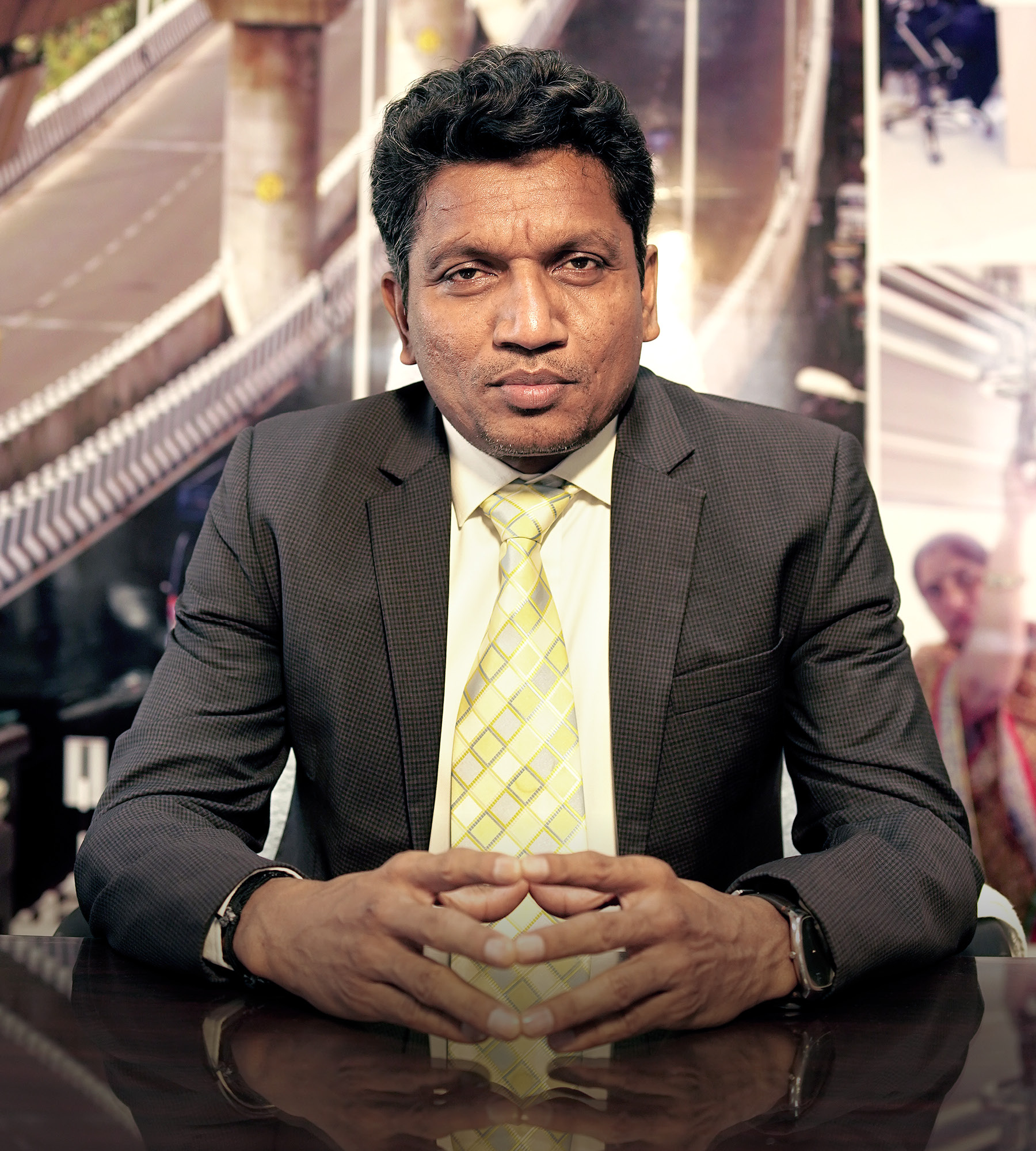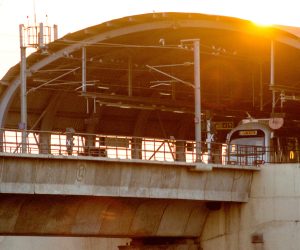Language
You can read the magazine in one of the following languages
As the metro train glides over its elevated tracks, commuters in the northern Indian city of Jaipur are treated to spectacular views of the city’s treasured sandstone monuments.
But before this could happen, the metro project had to overcome several hurdles to introduce a modern, efficient mode of transport to the city, something that Ramesh Pallakonda is proud of.
“Currently, we have 11 stations in 11.67 kilometers, of which there are three underground stations in the heart of the city, namely Chandpole, Choti Chaupar and Badi Chaupar,” the Chair and Managing Director of Jaipur Metro Rail Corporation (JMRC) tells The CEO Magazine.
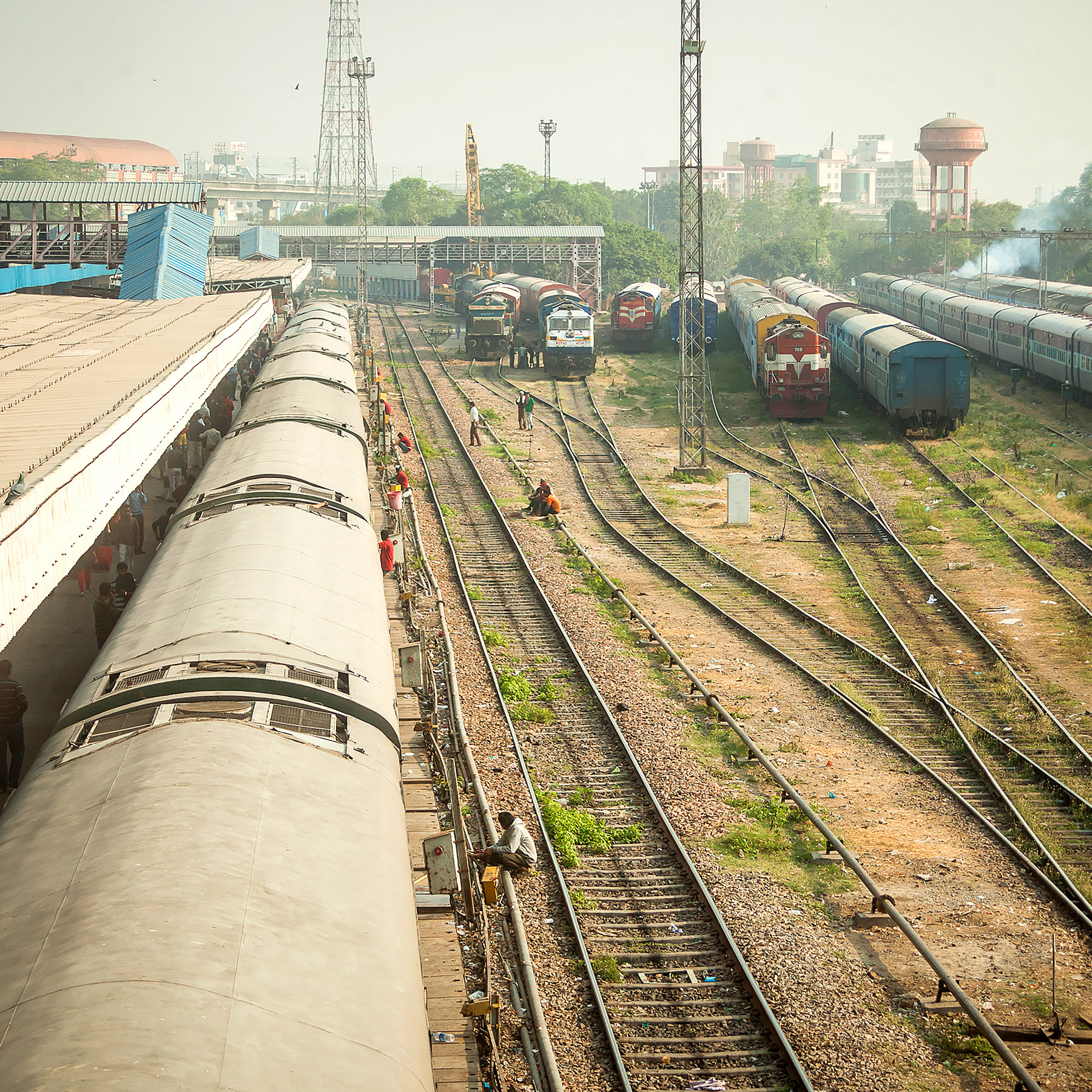
Coming up with metro connections at such dense and heritage-sensitive locations was not easy.
“If you are aware of Jaipur’s demography, the heart of the city is hardcore, and constructing this metro was a challenging task. We had to consider many issues of heritage, local people’s sentiments, historical aspects and the topography of the old part of the city.”
Before a metro network was proposed in Jaipur, the only metros in the country were in Delhi, Mumbai, Kolkata and Chennai.
“Uniquely, Jaipur was the first metro to come up in Tier-2 cities in India. JMRC also happens to be one of the first heritage metro lines wherein the historical aspects of the city were taken care of while constructing this project, and even restored,” Pallakonda says proudly.
“Metro rail transport is one of the most happening segments in urban parts of the world. Jaipur is lucky to have started its journey towards addressing its urban transport issues in an advanced state.”
Excavating for the metro lines also led to the exciting discovery of two ancient water tanks that had once supplied water to the heritage walled city of Jaipur. This forms part of the heritage art gallery that was set up to display Jaipur’s heritage in a metro station – again, the first of its kind.
“We have developed a common card facility wherein tourists to Jaipur can get a metro ride and access to our art gallery. They can view the two historical water tanks that were dug up and redone.”
Pallakonda strongly believes that JMRC is fueled by its operational excellence and efficiency.
“We achieved 99.92 percent on punctuality, our safety standards are world-class, our reliability standards are outstanding and our user comfort rating is high, which is reflected by the the comments we get on social media and the many emails we get,” he says.
“Our user satisfaction rating in 100 percent. I look forward to competing with other metros in terms of efficiency.”
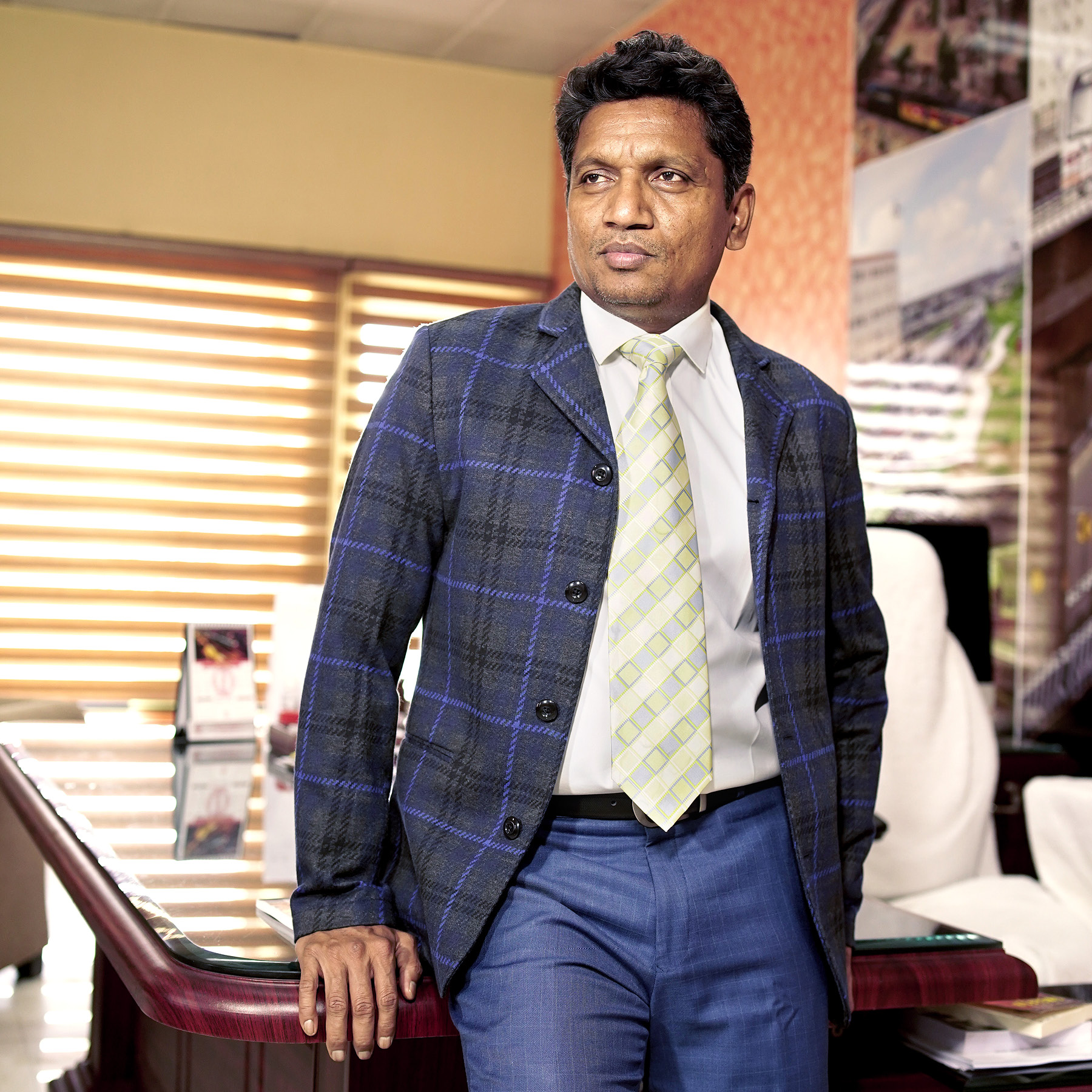
Jaipur’s metro is also available to its commuters at an extremely low cost, Pallakonda explains.
“Urban transport in Jaipur is a government-supported service for the public,” he stresses. “In that endeavor, Jaipur has the third-lowest tariff rate in the country, wherein the first is in Ahmedabad, and the second in Kolkata.
“Our tariff is about INR22 [US$0.27] for 11 stations.”
Though the COVID-19 period saw a fall in ridership, Pallakonda feels that the post-pandemic ridership has picked up immensely.
“Our highest ridership is 77,000 on our busiest day and we have an average of 49,000 per day,” he notes.
“We have planned to add two more phases – one from Badi Chaupar up to Transport Nagar, a length of about 2.85 kilometers, the other from Mansarovar to Ajmer Road, a network of 1.35 kilometers.”
This is apart from the Phase-2 plans for JMRC, which is expected to cover about 23.5 kilometers.
Pallakonda also has plans to capitalize on the non-fare revenue of JMRC.
“Currently, the non-fare revenues happen to be 26 percent of our total revenue, and we are looking to increase that to 35 percent of the total revenue,” he explains.
“This will include addressing and expanding areas of advertisements in our premises, leasing out retail space on the platforms, getting in co-branding for advertisement boards in the stations and generating parking revenue from the idle land patches attached to the stations.”
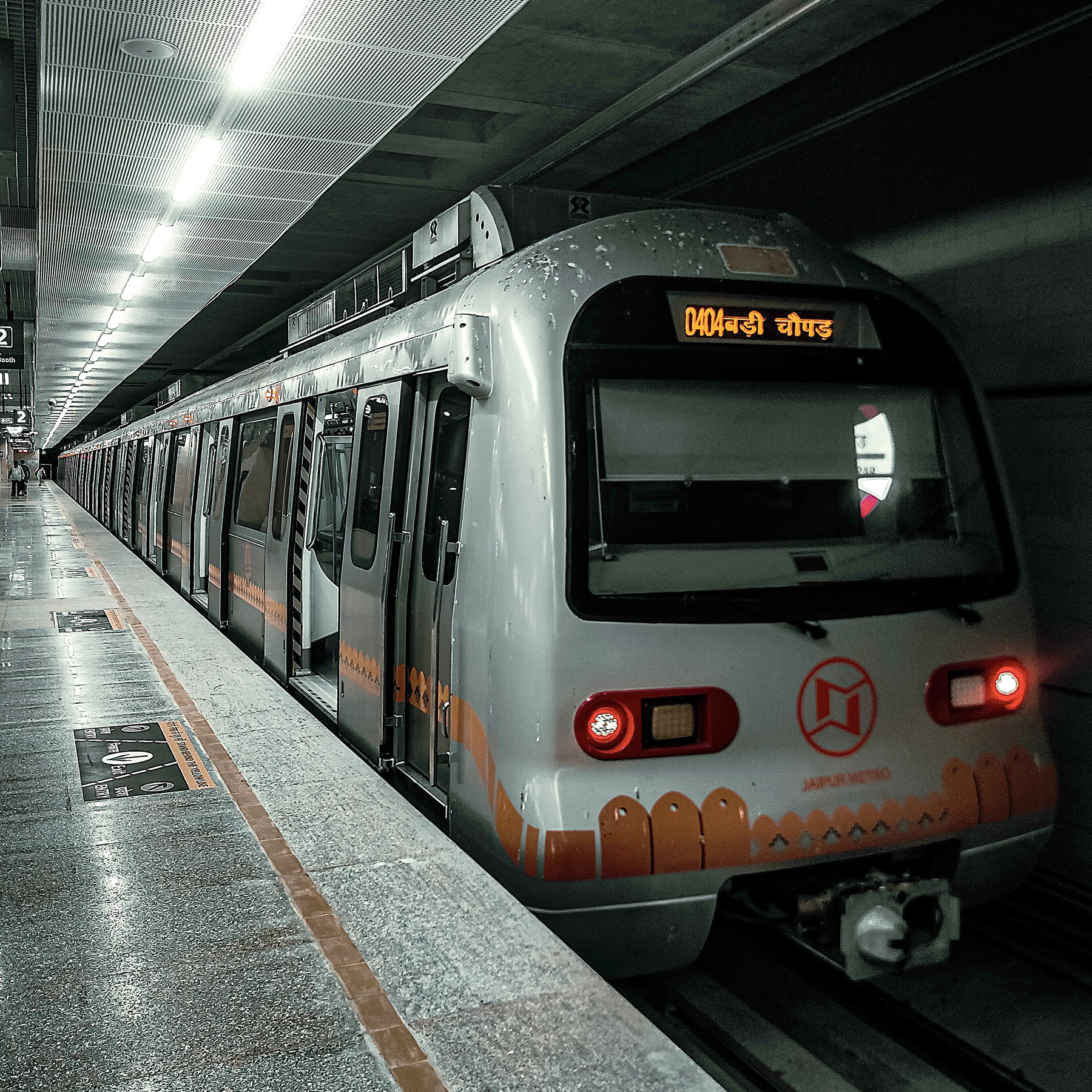
This expansion and efficient functioning would not be possible without the timely and constant support of partners and suppliers, according to Pallakonda. His experience with the Rajasthan Government’s energy sector has helped with his work at JMRC too.
“Whether it be addressing the corporate objectives, reducing administrative expenses, learning from other corporates, or interacting with lending institutions like the World Bank or ADB, connections achieved in my previous corporate assignments have helped secure those exposures to place JMRC on a pan-India level,” he says.
Pallakonda feels that getting the right suppliers has been crucial to the success of the first phase and will continue to be vital for future phases of the metro.
“Our unique selling proposition has been to get the best of engineering and technical support, machine equipment and capital procurement resources. We have had material supplies coming in at highly competitive prices,” he says.
“While working with such suppliers, our employees have picked up exceptional practices pertaining to technical aspects of urban transportation.”
Several companies have contributed towards building JMRC’s infrastructure and professional expertise. Pallakonda says the Delhi Metro itself is among the key partners of JMRC.
Other suppliers like Alstom, Airbus, Hitachi, Schneider, Rolif Saikia and BEML offer support in every aspect of the business, ranging from signaling, electrical support, technology, workforce services and spares to engineering technology and quality maintenance.
With growth plans moving along the right tracks, and an ever-increasing commuter base, the signal is green for Pallakonda and JMRC as they journey together to take Jaipur into the future.
